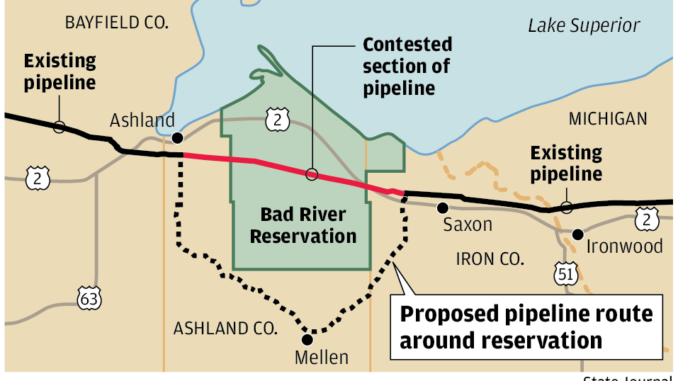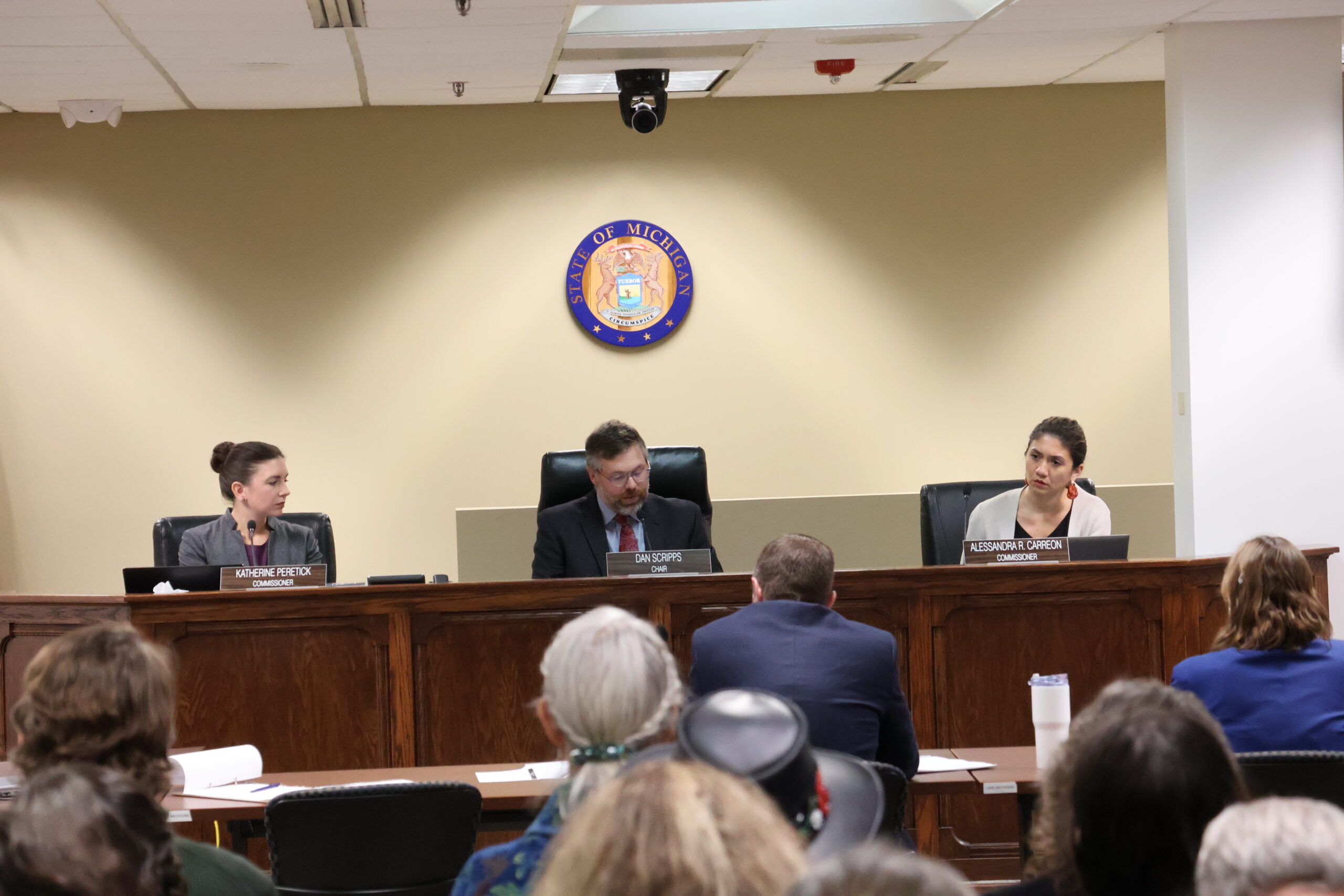Contact: Megan Wittman, megan.wittman@sierraclub.org Chicago, IL – The US Department of Justice (DOJ) has weighed in for the first time on a legal challenge brought by a Wisconsin-based Tribal Nation against Enbridge, a […]

Governor Whitmer,
Thank you for committing to protect the Great Lakes, and Lake Erie in particular, from harmful algal blooms. Your commitment to reducing nutrient pollution into Lake Erie by 40% by 2025, and working in collaboration with other Great Lakes states to do so, is a step towards mitigating the threat that nutrient pollution poses to drinking water, outdoor recreation and the regional economy. Given that there are no discernible downward trends in nutrient levels to date in Lake Erie, more action is needed to meet this reduction target.
The Great Lakes provide immense economic value to the region and Lake Erie is a vital component of the Great Lakes economy. Outdoor recreation alone supports more than 232,000 jobs in Michigan, provides $7.5 billion in wages and salaries and generates more than $2 billion in tax revenue each year. According to a 2019 study by the Michigan United Conservation Clubs and the Eli Broad College of Business at MSU, Michigan anglers support an annual $2.3 billion fishing economy. Breaking this down further, the report shows that counties in Southeast Michigan contribute the most to Michigan hunting and fishing expenditures. Michigan shares the waters of the Western Basin of Lake Erie and its rich bounty of walleye, perch and steelhead trout fisheries and the beneficial economic impact from licenses, charter and commercial fishing, as well as bait & tackle shops, grocery stores, lodging facilities, fish cleaning businesses, restaurants, and many other business segments. Lake Erie also generates economic value with lakefront landowners, realtors, shipping, and manufacturing, as well as outdoor enthusiasts willing to spend time and money along the Michigan shores. Impacts from COVID-19 have put many of these jobs at risk and businesses cannot afford to shorten their operating season even more due to inaction on harmful algal blooms.
For more than a decade we have witnessed the devastating impacts harmful algal blooms can have on the outdoor and sportfishing economy supported by Lake Erie. Year after year, fueled primarily by nutrient runoff from agricultural sources, harmful algal blooms continue to pollute Lake Erie with toxins that close beaches and recreation areas. Additionally, in the years since harmful algal blooms contaminated Toledo’s drinking water in 2014, business owners and rate payers have endured increased costs for water monitoring and treatment. We urge you to take action and protect both Michigan’s economy and the regional economy from this avoidable threat.
As business owners, we work every day to comply with federal, state and local laws and regulations. Businesses of all kinds are required to meet regulatory standards to keep their communities healthy and safe. We believe that businesses operating within the agricultural sector should be accountable, as we are, for impacts which may adversely affect our shared resources. We know that agricultural runoff is by far the leading source of nutrient pollution into Lake Erie. And we also know that many farmers are doing their part to put sustainable agricultural practices in place that reduce nutrient runoff from their fields. But it is clear that the current plan is not working. As we have noted above, there are hundreds of thousands of jobs that rely directly on the health of Lake Erie. We all must be part of the solution in order to restore Lake Erie.
Michigan has an opportunity to lead in the fight to reduce harmful algal blooms in Lake Erie but the state of Ohio is currently outpacing us on tangible progress. To date, Ohio has taken steps toward addressing nutrient runoff by establishing the H2Ohio program, funding agricultural conservation practices, wetland restoration and investments in cleaner wastewater and drinking water practices. Significantly, Ohio has committed to establish a Maumee River Basin TMDL that quantifies local nutrient sources and secures local plans to meet reduction targets for nutrients that fuel harmful algal blooms. We encourage you to take a similar approach and utilize the methodology and framework Ohio has established in the Maumee River Basin. Adopting a similar approach will help Michigan establish the necessary TMDLs for the waters that contribute to the Western Basin of Lake Erie, to improve nutrient accounting and quantify local sources of nutrient pollution.
With your leadership, Michigan can accelerate efforts and lead the way to restoring Lake Erie. We urge your administration to apply the TMDL methodology and framework Ohio has adopted for the Michigan waters of Lake Erie, utilize data-driven systems to monitor and accelerate progress toward nutrient reduction benchmarks, and apply regulatory measures to hold polluters accountable. The health and vibrancy of our businesses, our economy, and our communities are at stake.
Sincerely, the undersigned members of the Great Lakes Business Network and supporting organizations.
[contact-form-7 id=”747″ title=”Lake Erie Sign-on Letter”]

Contact: Megan Wittman, megan.wittman@sierraclub.org Chicago, IL – The US Department of Justice (DOJ) has weighed in for the first time on a legal challenge brought by a Wisconsin-based Tribal Nation against Enbridge, a […]



